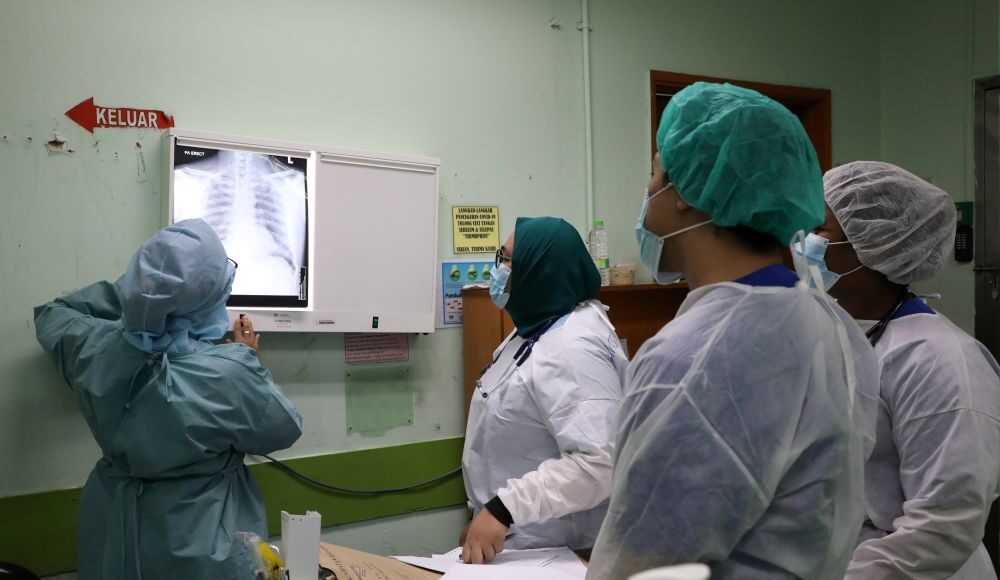- One million Malaysians are affected by rare diseases, but the exact number remains unclear due to the lack of a national patient registry.
- Malaysia faces significant challenges in treating rare diseases, including limited resources, high treatment costs, and a shortage of specialised healthcare professionals.
- Collaboration among healthcare providers, government, and patient groups is crucial for improving care and advancing treatment options for rare disease patients.
KUALA LUMPUR, April 17 — Rare diseases affect only a small number of people, but for those living with them in Malaysia, the struggle is real and often overlooked.
Although rare diseases affect fewer than one in 4,000 people, these conditions are enigmatic and often not fully understood.
As of 2020, Malaysia has documented 491 rare diseases. However, a thorough understanding remains elusive due to limited epidemiological data.
Here’s what we know about the rare disease landscape in Malaysia.
Understanding rare diseases
Rare diseases, by definition, are health conditions that affect a small fraction of the population.
They often present with various symptoms that not only differ from one disease to another but also within the same condition.
The rarity and diversity of these diseases create significant challenges in diagnosis, treatment, and management.
While each rare disease is uncommon, together they affect many people around the world — including in Malaysia.
How rare diseases affect Malaysians
According to Malaysia Rare Disease Society president Nadiah Hanim Abdul Latif, it is estimated that one million Malaysians are living with a rare disease.
She said the estimation aligns with the 2020 evidence-based analysis of the Orphanet database, suggesting that 3.5 per cent to 5.9 per cent of the global population is affected by rare conditions.
However, Nadiah said the figures are just estimates because Malaysia lacks a national patient registry, making the exact number of those impacted unclear.
Despite these challenges, Nadiah said the Malaysian rare disease ecosystem now benefits from enhanced collaboration among healthcare providers, government agencies, policymakers, industry, and patient groups.
“Our efforts have not only strengthened within Malaysia but have extended to regional and international levels.
“Leaders from the 20 rare disease organisations in Malaysia are taking active roles in international rare disease forums,” she added.
Why rare diseases need urgent attention
According to Nadiah, addressing rare disease treatment in Malaysia is critical due to significant healthcare system challenges.
“Although each rare disease is uncommon individually, collectively they affect a substantial population, necessitating management approaches akin to non-communicable diseases,” she said.
Moving forward, she said, a proactive approach, focusing on early diagnosis and a lifelong health plan, can mitigate healthcare costs and should be viewed as a health investment.
In contrast, she added that relying on reactive measures escalates costs and increases disability and suffering.
“Rare diseases are not just a health issue. They also place a heavy burden on national resources,” she said.
“Managing these conditions effectively could position Malaysia as a regional hub for rare disease expertise, whereas neglect could lead to an ageing nation with limited resources and increasing unmet needs,” she added.
Gaps in treatment and care
Presently, Malaysia’s resources for treating rare diseases remain insufficient, said Nadiah.
According to her, developing orphan drugs requires major investment in research and facilities.
“Globally, only five per cent of rare diseases have treatments,” she said. “The remaining 95 per cent rely on symptom management to maintain their quality of life.”
“Meanwhile, for those with treatments available, affordability remains a critical hurdle,” she added.
For patients depending on symptom management, Nadiah said the scarcity of specialised healthcare professionals is a major challenge.
“Currently, only 14 geneticists are serving the entire country, spread across six genetic clinics in various government hospitals,” she said.
“Addressing these gaps is crucial to improving access to specialised care and advancing treatment options for rare disease patients in Malaysia,” she added.





